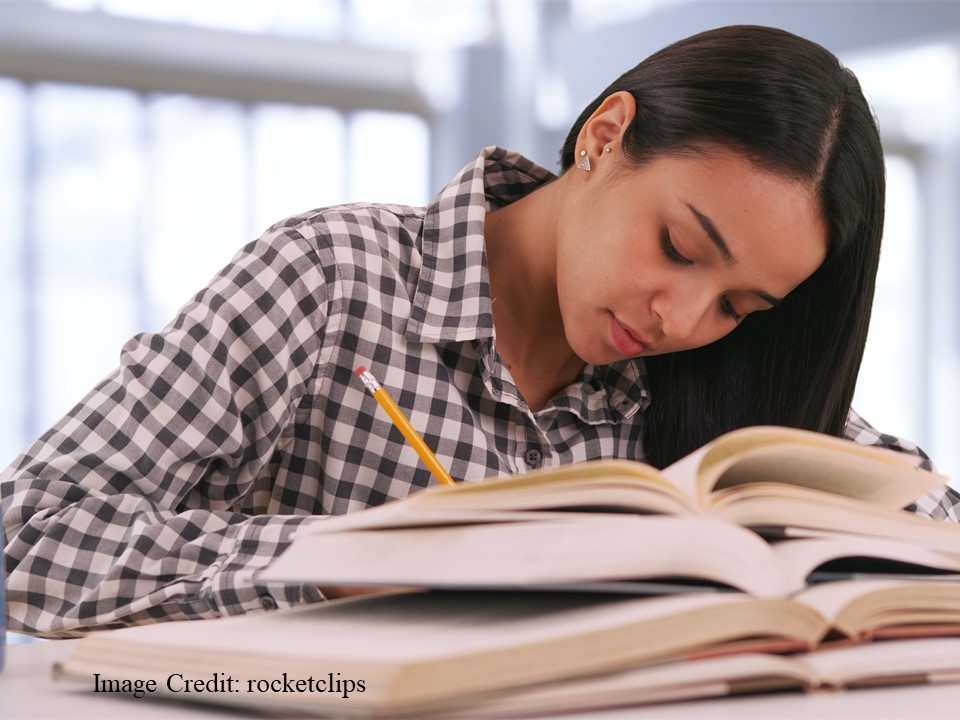
Teachers often ask me: “how should my students take notes?”
That question typically springs from a heated debate. Despite all the enthusiasm for academic technology, many teachers insist on hand-written notes. (Long-time readers know: I have a provocative opinion on this topic.)
For the time being, let’s set that debate aside.
Instead, let’s ask a more important question: what kind of mental processing should my students do while they take notes?
If students get the mental processing right, then perhaps the handwriting/laptop debate won’t matter so much.
Possibilities and Predictions
To study complicated questions, we start by simplifying them. So, here’s one simplification: in class, I want my students to…
…learn specific facts, ideas, and procedures, and
…learn connections and relationships among those facts, ideas, and procedures.
Of course, class work includes MANY more complexities, but that distinction might be a helpful place to start.
So: should students’ note-taking emphasize the specific facts? OR, should it emphasize the connections and relationships?
The answer just might depend on my teaching.
Here’s the logic:
If my teaching emphasizes facts, then students’ notes should focus on relationships.
If my teaching emphasizes relationships, then their notes should focus on factual specifics.
In these cases, the note-taking strategy complements my teaching to be sure students think both ways.
Of course, if both my teaching and students’ notes focus on facts, then mental processing of relationships and connections would remain under-developed.
In other words: we might want notes to be complementary, not redundant, when it comes to mental processing.
In fact, two researchers at the University of Louisville — Dr. David Bellinger and Dr. Marci DeCaro — tested such a prediction in recent research…
Understanding Circulation
Bellinger and DeCaro had college students listen to information-heavy lecture on blood and the circulatory system.
Some students used guided notes that emphasized factual processing. This note-taking system — called “cloze notes” — includes a transcript of the lecture, BUT leaves words out. Students filled in the words.

Others students used guided notes that emphasized conceptual/relational processing. These notes — “outline notes” — organized the lecture’s ideas into conceptual hierarchies, which the students filled out.
And, to be thorough, Bellinger and DeCaro used both “more challenging” and “less challenging” versions of these note systems. As you can see, examples A and B above leave much larger blanks than examples C and D.
So, which note-taking system helped students more?
Because the lecture was “information heavy,” a note-taking system that highlights facts (the “cloze notes”) would be “redundant,” while a system that highlights conceptual relationships (the “outline notes”) would be “complementary.”
That is: students would get facts from the lecture, and see relationships highlighted in the outline notes.
For this reason, Bellinger and DeCaro predicted that the outline notes would help more in this case.
And, sure enough, students remembered more information — and applied it more effectively — when they used the challenging form of the outline notes.
Classroom Implications
Based on this study, do I recommend that you use outline notes with your students?
NO, READER, I DO NOT.
Remember, the “outline notes” worked here because (presumably) they complemented the factual presentation of the lecture.
If, however, the lecture focused more on relationships and connections, then (presumably) “cloze notes” would help more. They would be “complementary.”
As is so often the case, I don’t think we teachers should DO what research says we should DO.
Instead, I think we should THINK the way researchers help us THINK.
In this case, I should ask myself: “will my classroom presentation focus more on facts, or more on relationships and connections?”
Honestly: that’s a difficult question.
In the first place, I lecture only rarely.
And in the second place, my presentations (I hope) focus on both facts and relationships.
But, if I can figure out an answer — “this presentations focuses on relationships among the characters” — then I should devise a complementary note system. In this case, “cloze notes” would probably help, because they highlight facts (and my presentation highlights connections).
In other words: this research — and the theory behind it — doesn’t offer a straightforward, simple answer to the question that launched this post: “how should my students take notes?”
Because learning is complicated, such a usefully intricate answer might be all the more persuasive.
Bellinger, D. B., & DeCaro, M. S. (2019). Note-taking format and difficulty impact learning from instructor-provided lecture notes. Quarterly Journal of Experimental Psychology, 72(12), 2807-2819.





